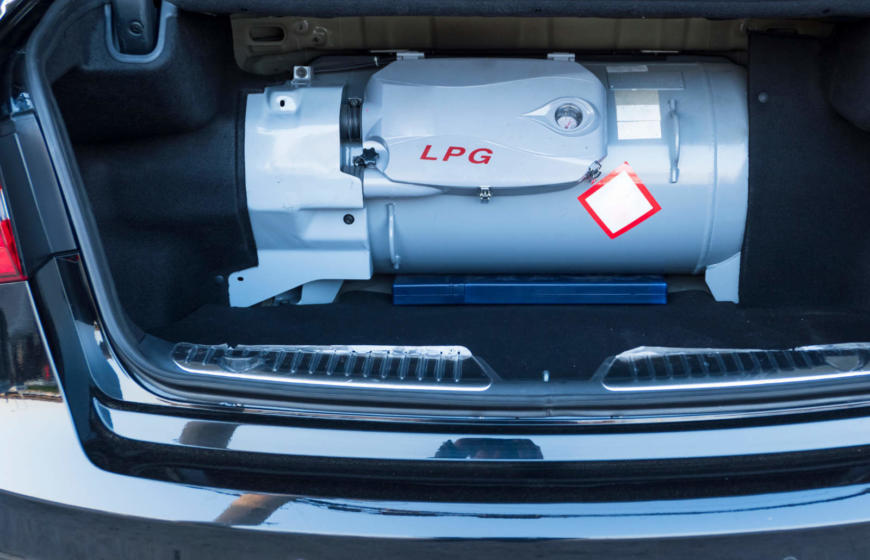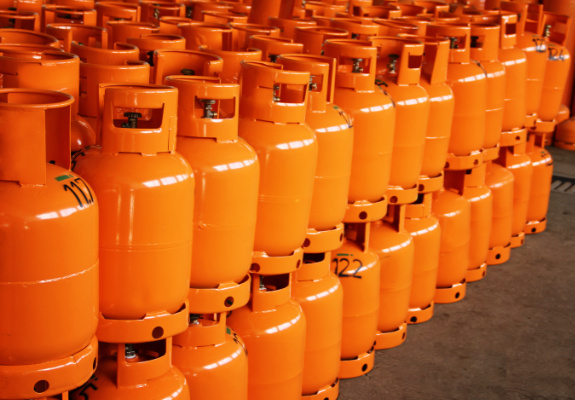Browse our selection of related journal articles, data sheets, brochures and more
Specialty Gases for Hydrocarbon Processing brochure
Download
LPG is a transportable fuel which is important to both the Australian domestic and export energy markets. Processing requires sophisticated gas mixtures to calibrate analysers.

LPG is comprised of a mixture of propane and butane. These are relatively light hydrocarbons, which are produced either from 'wet' natural gas sources that contain a mixture of butane, propane, methane and ethane molecules, or during the refining of crude oil where it is among the lightest fractions to be recovered.
To achieve liquefaction of LPG, it must either be cooled to approximately -42°C at atmospheric pressure or stored as liquid at a pressure exceeding its vapour pressure. This would be approximately 1000 kPa (10 bar) at around 30°C. LPG is therefore easier to liquefy and store than LNG, and this has led to its wide adoption as a highly transportable fuel.
Typical applications for LPG gas cylinders are as forklift truck fuel, as BBQ gas, for patio heaters or for cooking and heating in regional areas, where there is no piped gas network and the electricity distribution grid might struggle to cope with the high energy consumption of heating applications. LPG can also be used as an automotive fuel where the distribution and storage supply chain is slightly different.
When stored in large quantities, LPG is typically contained in pressurised 'bullets'. An example of this distribution and supply chain is where LPG is delivered in road tankers to storage tanks at roadside service stations where it can be decanted from these vessels into smaller tanks in cars and trucks.

LPG is commonly filled into low-pressure welded cylinders, which differ from the high-pressure seamless cylinders used for storage of air gases such as oxygen, nitrogen or argon. The welded cylinders are wider, have thinner walls than their high-pressure cousins and there is a clearly visible welded seam around the middle of the cylinder. During production of welded cylinders, the weld must undergo stringent quality control to ensure that there is no porosity in the weld that would result in leakage of LPG and cause a safety hazard. Leak detection gas mixtures containing helium or hydrogen can be used for this purpose. This shape and construction is chosen for LPG because it is significantly cheaper to produce than a high-pressure steel cylinder.
